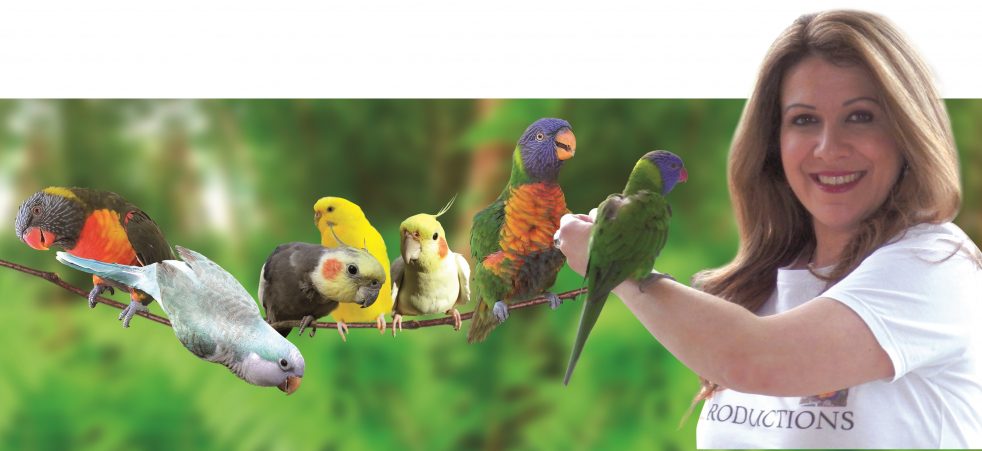Wild Connection, Wild Sex, and Yes, Size Matters

A book by Jennifer Verdolin offers penetrating accounts of courtship to orgasms
Published on May 2, 2014 by Marc Bekoff, Ph.D. in Animal Emotions
Recently I wrote an essay about the evolution of kinkiness (“Can Evolutionary Biology Tell Us What’s Kinky?“), and now I have the pleasure of writing about a new book by Psychology Today writer and Duke University’s Dr. Jennifer Verdolin called Wild Connection: What Animal Courtship and Mating Tell Us about Human Relationships. I concluded my previous essay as follows: “And, judging from the incredible variability and broad range of sexual behavior among nonhuman animals for which Dr. Bondar’s lecture [“The birds and the bees are just the beginning”] gave us but a small taste, one better get ready for a wild ride if they’re going to outdo what we know about the sex lives of the fascinating animals with whom we share different niches on our magnificent planet. We can learn a lot from them, but I’m not sure the reverse is true.” After reading Dr. Verdolin’s book I stand by that conclusion. And, get ready for another wild ride.
Applied Animal Behaviour ScienceAn international journal reporting on the application of ethology to animals managed by humans. |
 |
Official Journal of the International Society for Applied Ethology (ISAE)
This journal publishes relevant information on the behaviour of domesticated and utilized animals.
Topics covered include:
- Behaviour of farm, zoo and laboratory animals in relation to animal management and welfare
- Behaviour of companion animals in relation to behavioural problems, for example, in relation to the training of dogs for different purposes, in relation to behavioural problems
- Studies of the behaviour of wild animals when these studies are relevant from an applied perspective, for example in relation to wildlife management, pest management or nature conservation
- Methodological studies within relevant fields
The principal subjects are farm, companion and laboratory animals, including, of course, poultry. The journal also deals with the following animal subjects:
- Those involved in any farming system, e.g. deer, rabbits and fur-bearing animals
- Those in ANY form of confinement, e.g. zoos, safari parks and other forms of display
- Feral animals, and any animal species which impinge on farming operations, e.g. as causes of loss or damage
- Species used for hunting, recreation etc. may also be considered as acceptable subjects in some instances
- Laboratory animals, if the material relates to their behavioural requirements
Editors-in-Chief:
Per Jensen
Carol Petherick
Applied Animal Behaviour Science has an Impact Factor of 1.823 in the Agriculture, Dairy and Animal Sciences Category.
(© 2009 Journal Citation Reports, published by Thomson Reuters)

